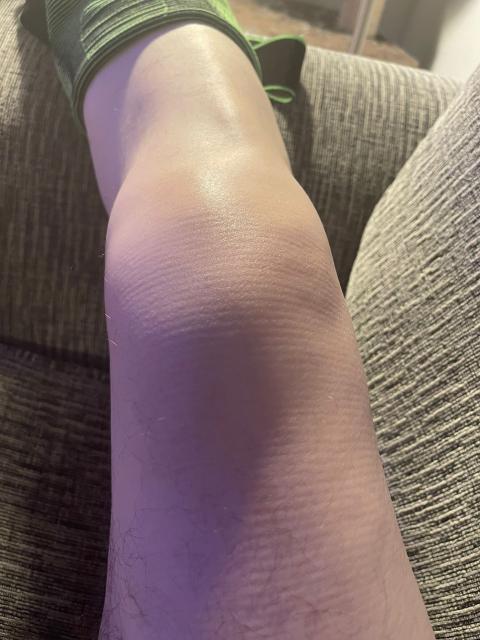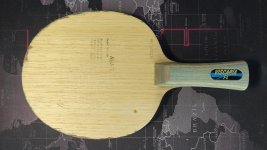A quick run down of this weeks events.
mon / Tuesday knee a calf we’re really tight, eased off wed/Thursday.
Match on Thursday night, back and knee were surprisingly good considering how they felt after coaching on Tuesday evening.
Match Friday evening, back and knee were good, moving slightly better.
I’ll post 2 videos 1 from each match.
Before that, a run down of an incident during the doubles on Thursday
Doubles is the last game of the match, during the second end I had a fall. In the UK we have a programme called ‘You’ve been framed’ funny film clips, if yours is used in the programme you gat £250. Unfortunately I only recorded my singles games. If I had filmed the doubles a cheque would be winging its way to me now!!
Mid rally I played a stroke, then started to move back, feet were not listening to commands, it was like they were somewhere else in the world performing a jig!! Anyway I fell backwards, my head smashed into partners right knee, arse hit the floor hard followed by my head.
After contact with the ground I sort of looked round and saw my partner holding up his leg a hopping about the hall trying to find a seat to land on. Like out of a TOM & JERRY cartoon!!
There were about 4 people watching and the 2 opposition players, they were all laughing their heads off, even when asking if we were both ok, for an onlooker it must have been really funny!!
A couple of minutes later and we resumed the match, the guy umpiring couldn’t keep a straight face, every time he looked at the pair of us he just burst into laughter!! this was made worse when I air shot a serve receive and my partner gave me the ‘what the ####’ look, I replied dead pan style ‘I’m concussed’ the umpire was finished!! Another minute or so later when he finally composed himself the game continued.
Now funny as the incident was at the time, a couple of consequences-
1) partners knee - looks quite bad

2) Had a pre booked session with physio this morning - mild whiplash and likely very mild concussion.
mid back, very tender, not painful until she examined, just about where I felt the arse impact rattled up my spine. Lower back and knee feel the best they have for weeks!!!
who said TT isn’t dangerous?? Moral of the story, beware partnering IB66!!!
hopefully John’s knee isn’t too bad, but he couldn’t sleep Thursday night cos of the pain, photo was taken Friday am. I’m feeling shite because I have hurt the fella, totally unintentionally but still leaves a bad taste in the mouth.












